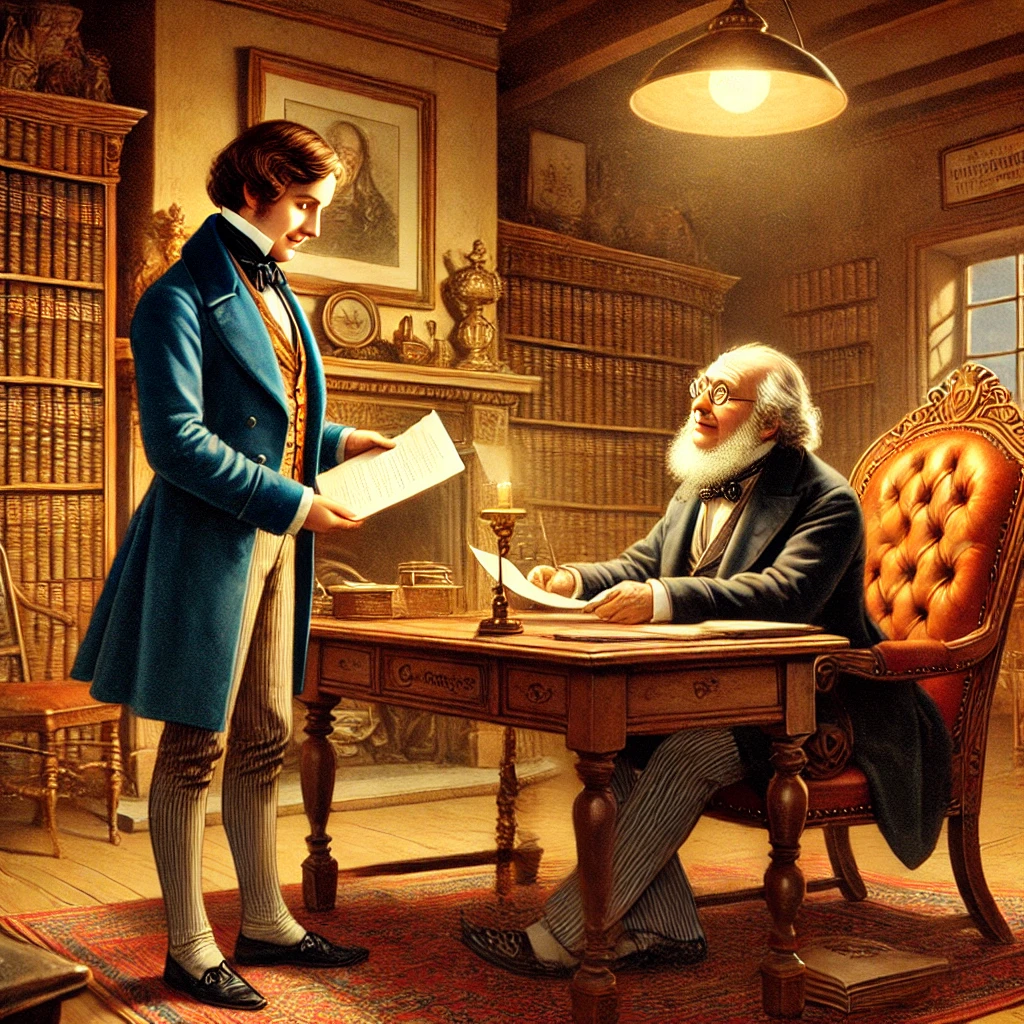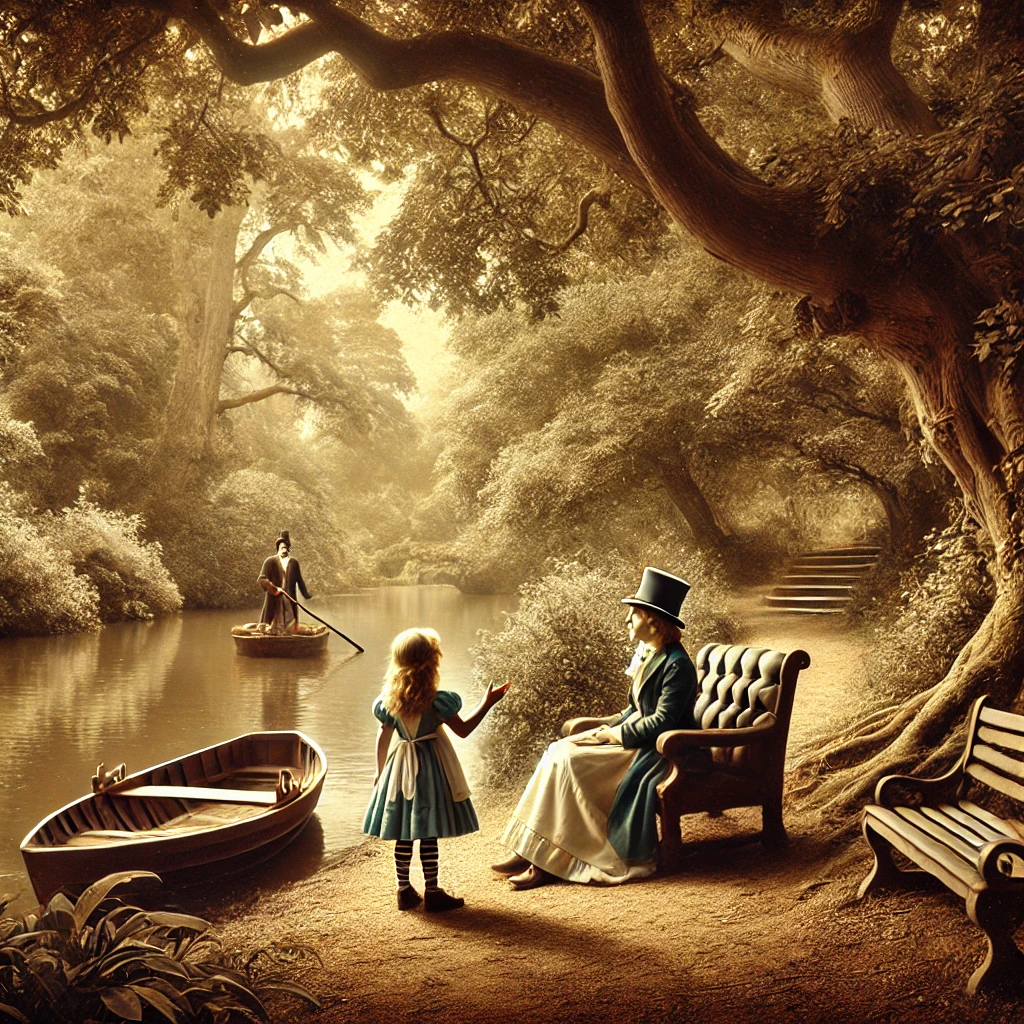On November 26, 1865, Charles Lutwidge Dodgson, better known by his pen name Lewis Carroll, submitted the manuscript of Alice’s Adventures in Wonderland for publication. The whimsical tale, inspired by a storytelling session with the Liddell sisters, especially Alice Liddell, would go on to become one of the most cherished works in English literature. This moment marked the culmination of years of creativity, as Carroll had first conceived the story during a summer outing in 1862.

The manuscript itself was a labor of love, featuring hand-drawn illustrations by Carroll and a narrative that combined fantasy, logic, and satire. With its submission, Carroll entrusted the world with a story that challenged conventional storytelling and redefined children’s literature.
Significance in Literary History
The publication of Alice’s Adventures in Wonderland was a revolutionary moment in the literary world. Victorian-era children’s books were often didactic, focusing on morality and instruction. Carroll’s work, however, embraced whimsy and imagination, creating a surreal landscape filled with peculiar characters like the Cheshire Cat, the Mad Hatter, and the Queen of Hearts.
The book’s reception was initially mixed, but its innovative narrative structure and playful use of language eventually won over audiences. Alice’s Adventures in Wonderland became a bestseller, captivating both children and adults. Its success encouraged Carroll to write a sequel, Through the Looking-Glass, solidifying his status as a literary icon.

A Legacy That Endures

Over 150 years later, Alice’s Adventures in Wonderland continues to influence literature, art, and popular culture. Its themes of curiosity, identity, and the absurd resonate across generations. The book has been translated into more than 170 languages and adapted into numerous films, plays, and other media.
Beyond its cultural impact, Alice has also inspired academic exploration in fields ranging from mathematics to psychology. Scholars have examined the logic puzzles embedded in the story and the psychological depth of its characters. The tale’s exploration of dreamlike realities and nonsensical humor remains a rich source of analysis and inspiration.
On this day, we celebrate the manuscript’s submission as a pivotal moment in literary history. Carroll’s timeless story reminds us of the boundless potential of imagination, ensuring that Alice’s journey down the rabbit hole will forever remain a beacon of creative wonder.
